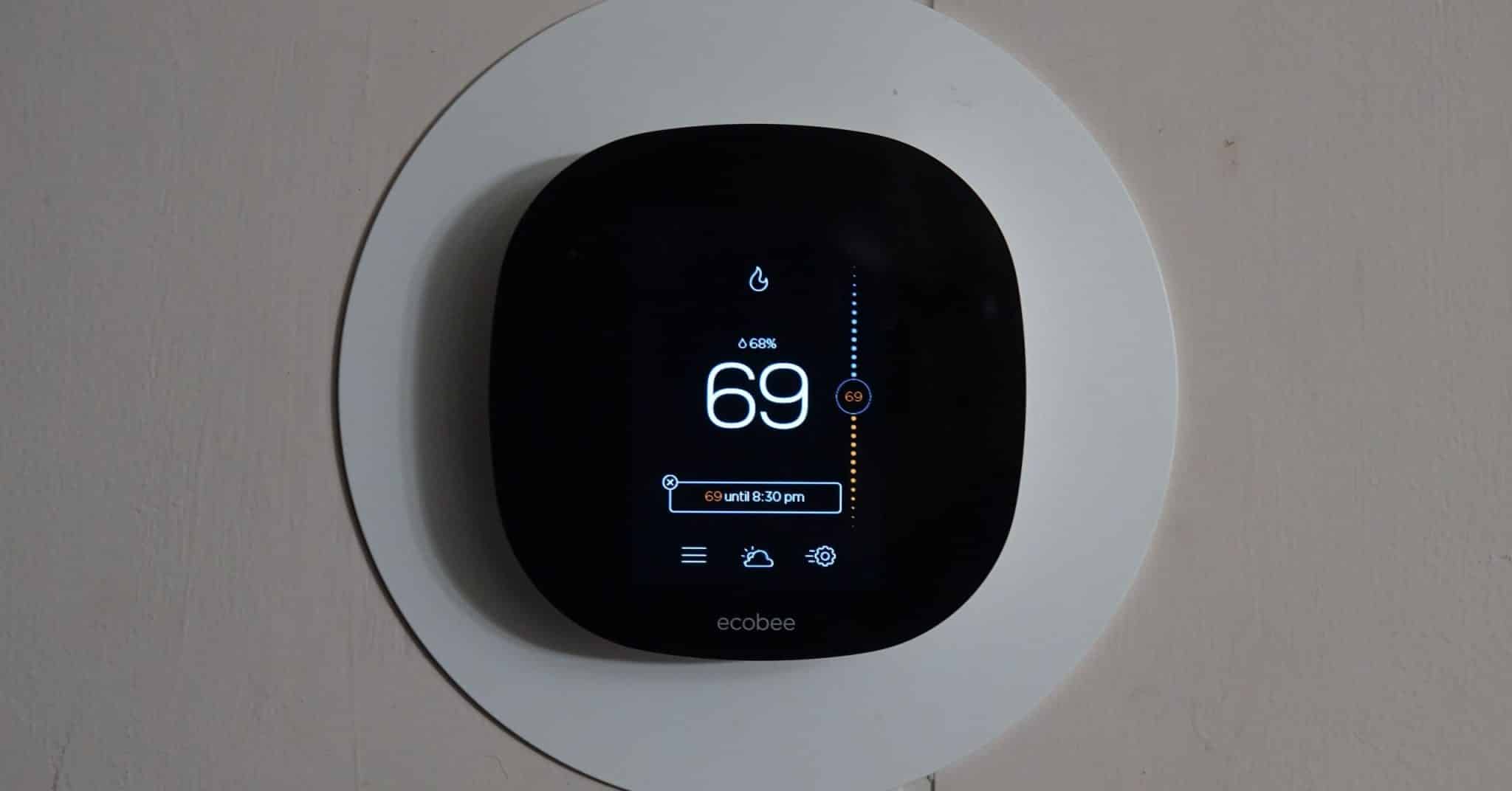When we share a home with several people, we often have to fight various fights. There are so many different reasons why people become irritated and furious with their wives or family members, ranging from how we arrange the dishes in the dishwasher to how frequently we do the laundry. Everyone squabbles over the thermostat setting in our home, that much we can say with certainty.
We keep the thermostat set higher than usual during the winter.
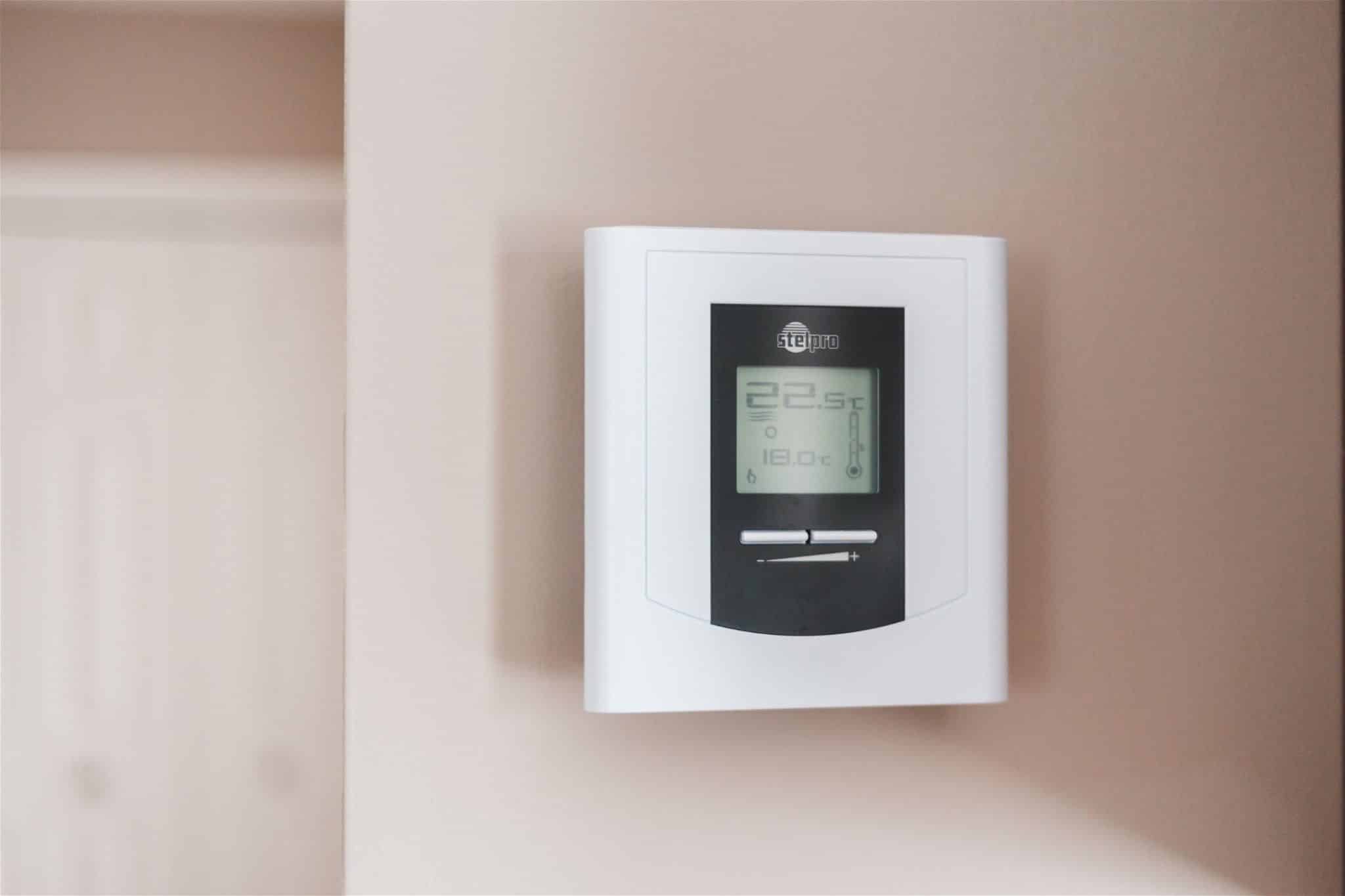
We have a tendency to keep the thermostat relatively high during those icy, brutal winter months. In general, individuals feel more at ease with their thermostats being set higher during the months when snow is falling and the wind is howling outside our windows.
The challenging times are in the spring and summer.

Since most people have varied preferences for what temperature they want to maintain the interior of their homes at while it’s already warm outside, the spring and summer seasons are when disputes start to arise within the home.
Some prefer to maintain it between 60 and 65 degrees.
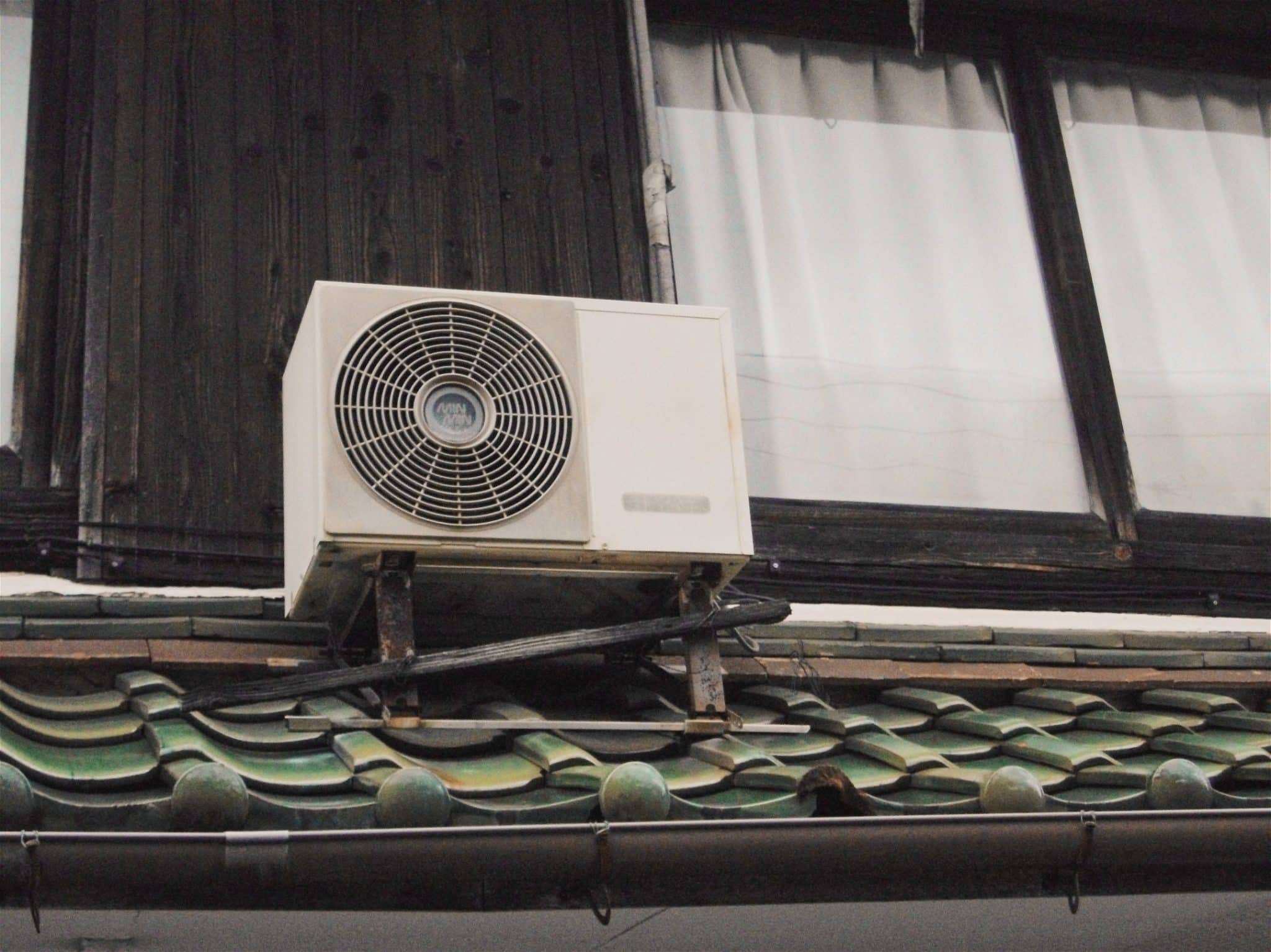
Others prefer to have their thermostat set lower or even higher than that, while some people like to keep it in the 60s. Despite how you really feel about the temperature in your home, there is a temperature that you should have it at.
The ideal temperature is 78 degrees, say experts.
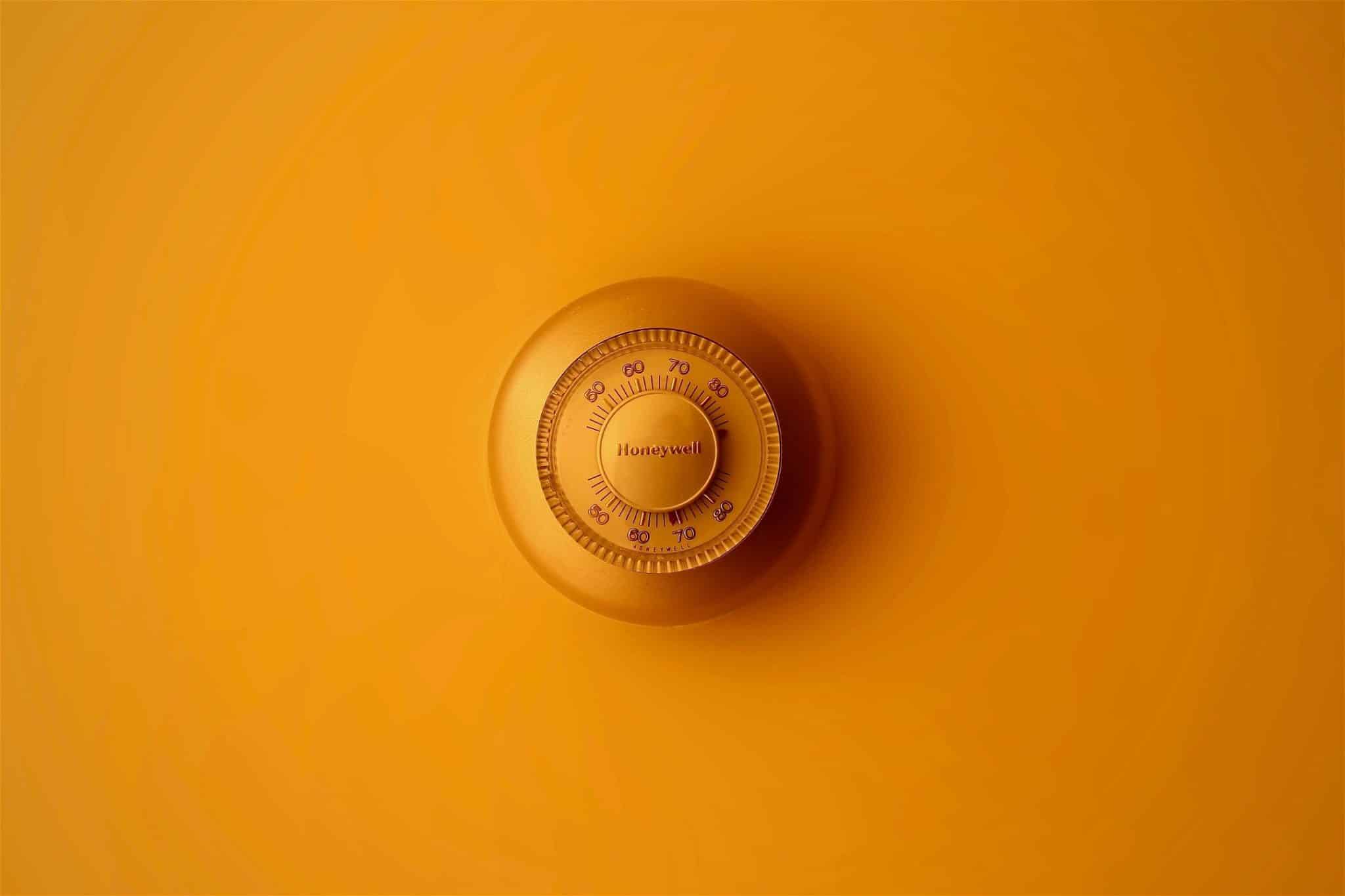
According to Consumer Reports, the majority of people are setting their thermostats and air conditioners to the wrong temperature because many people favor the mid-sixties. It turns out that 78 degrees are the ideal temperature.
This is done because maintaining the temperature might help you save money and energy.

As many individuals have observed, the price of their energy and electricity has risen steadily over time. According to Energy Star, you can assure that you save money and energy overall by having your thermostat set to a temperature of about 78 degrees.
The temperature should, however, fluctuate when you leave your house.
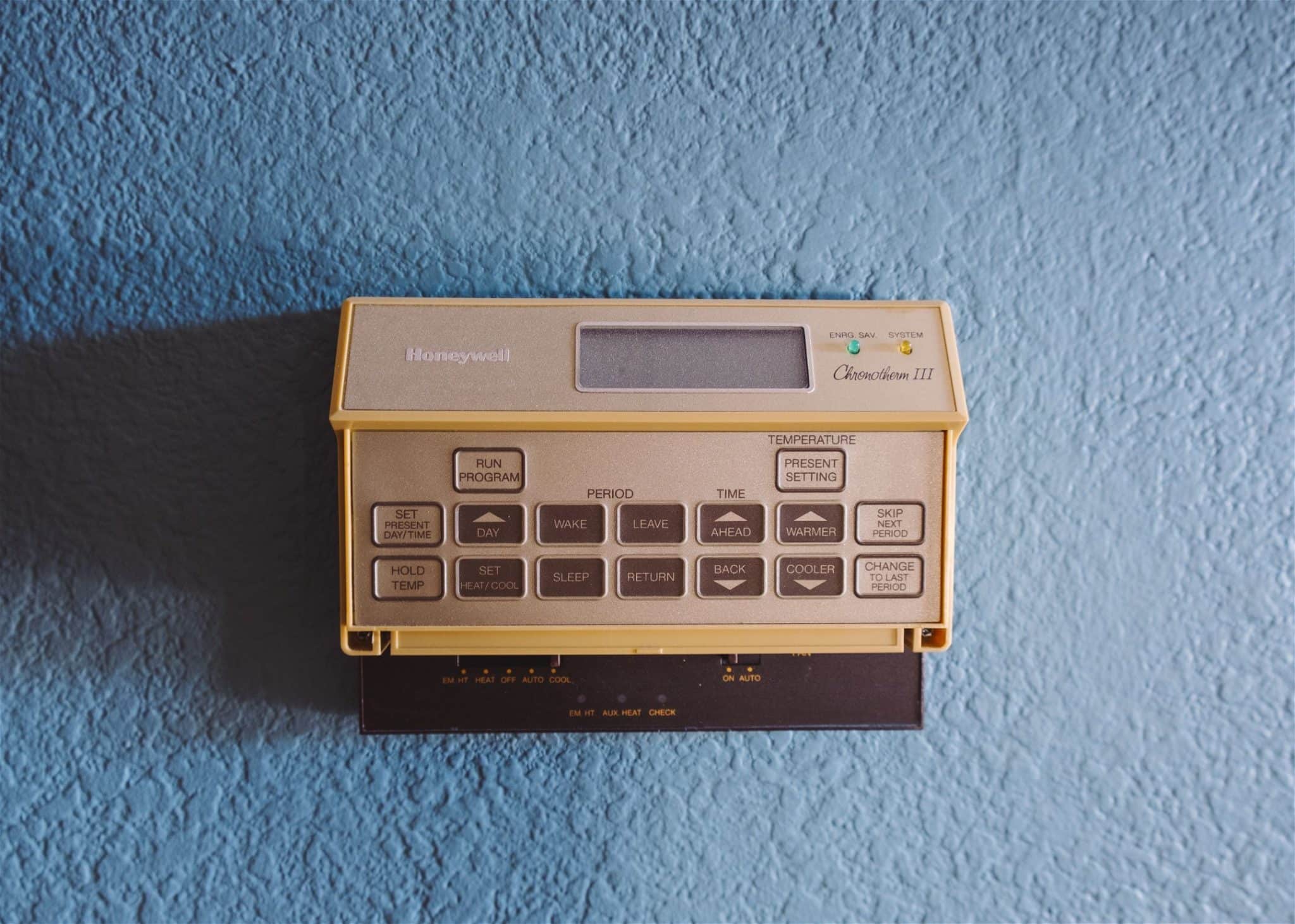
The firm advises leaving the thermostat at about 85 degrees if you won’t be at home and will be gone all day. Although it may appear warm, it will keep your energy costs down. When the temperature is low, your air conditioner uses less electricity.
It may be more difficult to control the temperature if you have window units rather than central air conditioning.
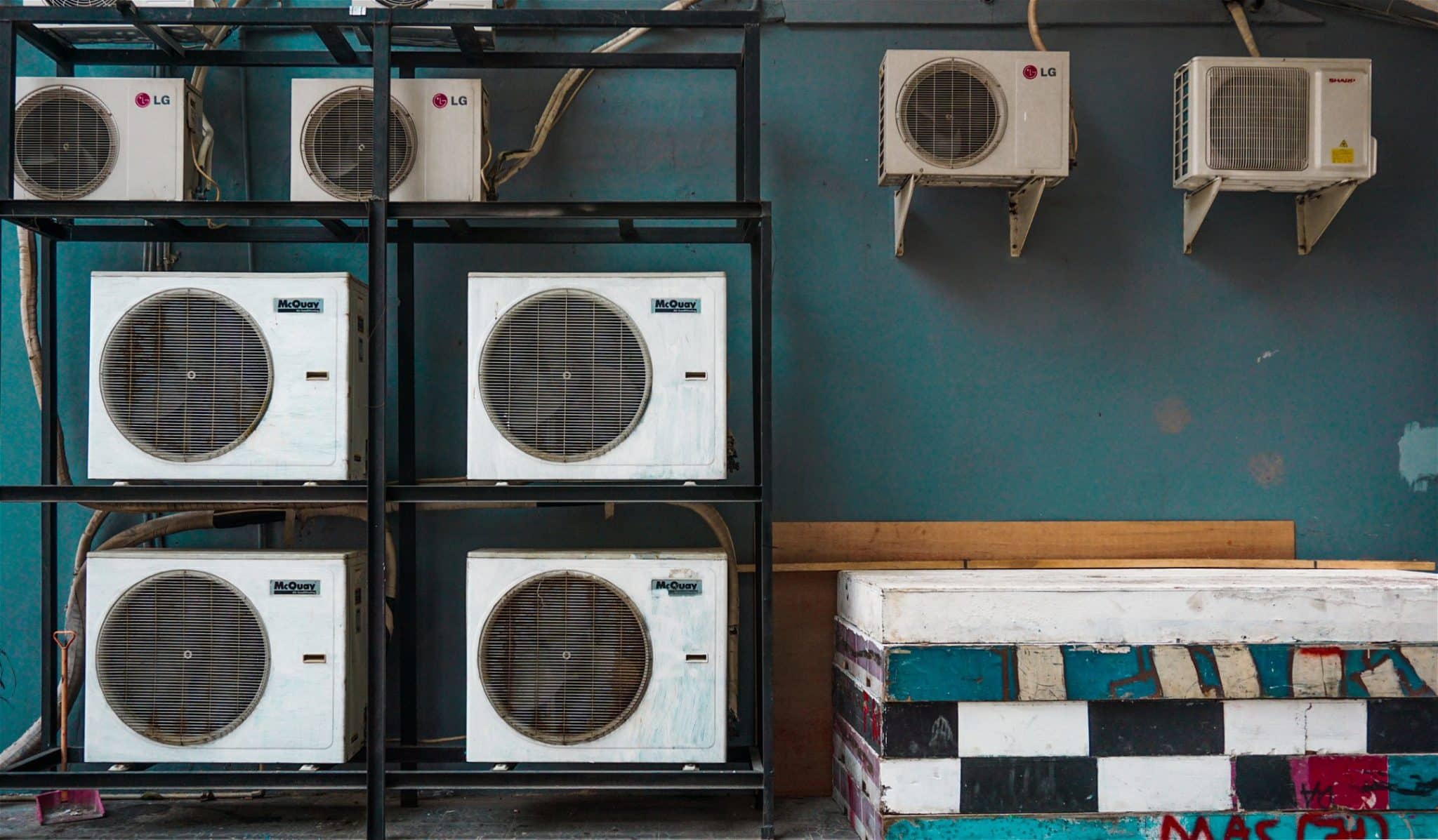
It can be challenging to maintain a set temperature if you use window units rather than central air conditioning, according to Energy Star. The manufacturer advises against doing this by turning the device on 30 minutes before bed and avoiding leaving it on throughout the day and night.
Additionally, the business advises using a fan when practical.
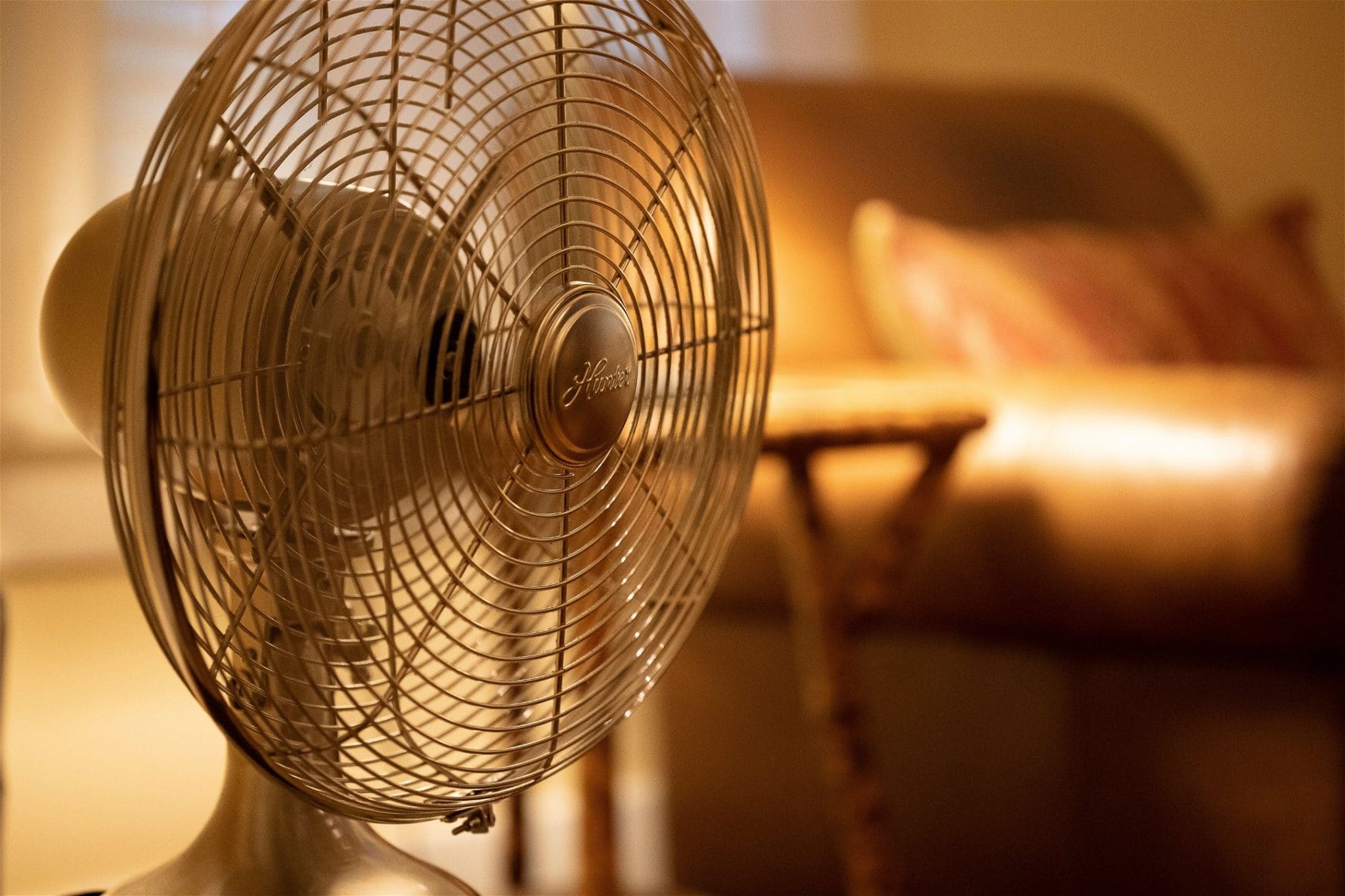
You should buy a fan so you can avoid using the air conditioner on days when it’s not unbearably hot outside. When you open the windows in the spring, you may allow for cross ventilation and the circulation of cooler air. Box fans and standing fans are reasonably priced.
There are further strategies to reduce your energy emissions.
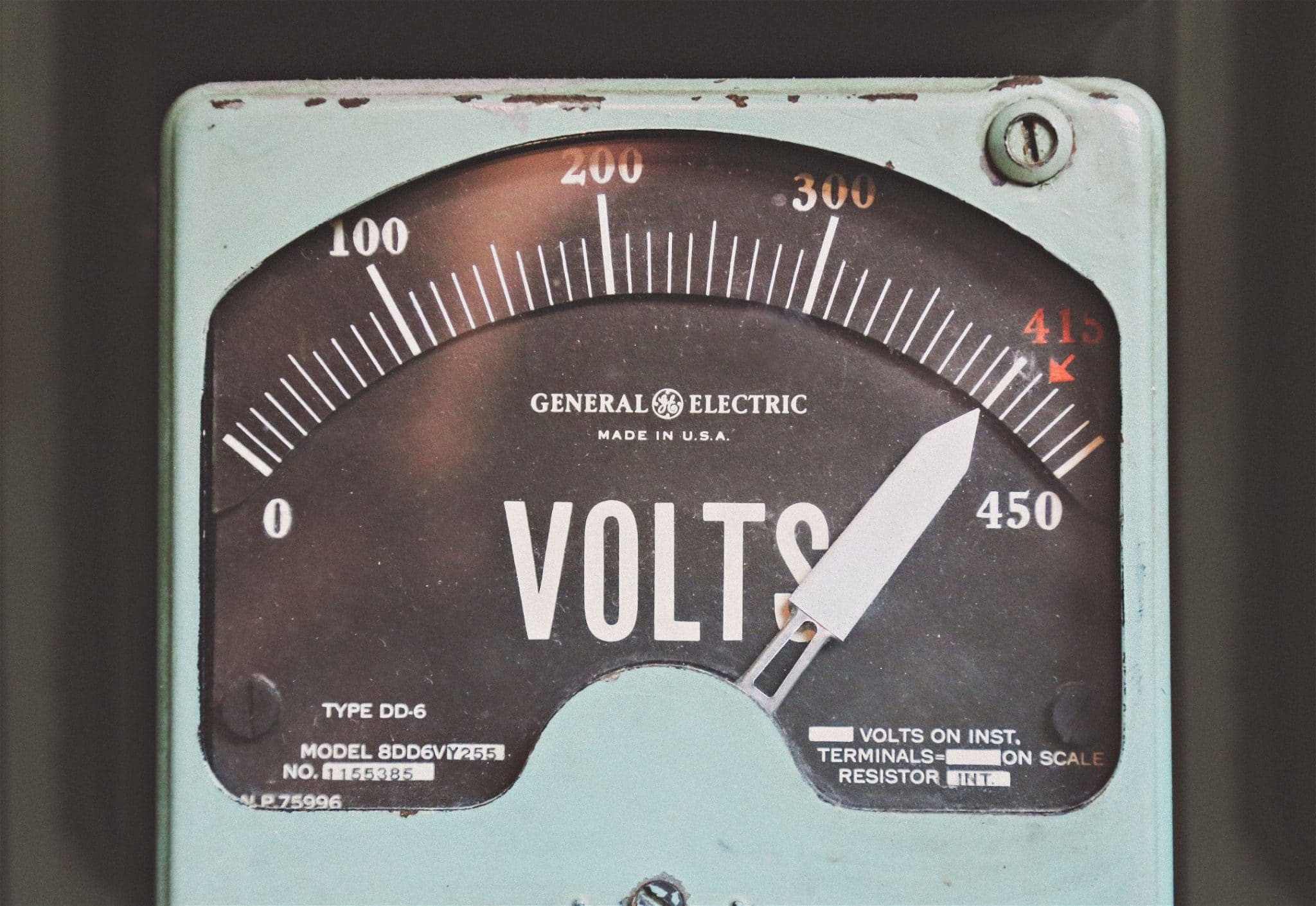
You can keep the heat that the sun produces outside and out of your home by keeping your shades drawn and your blinds are drawn. This will keep your home cooler and reduce the need for air conditioning.
Avoid using all of your products at once on hotter days.
When the days are warmer, you should attempt to avoid using appliances like the washer/dryer or dishwasher because the energy they emit might make your home feel warmer. For a rainy day, put it away.
Overall, lowering energy can ultimately benefit everyone.

Keeping your energy emissions low benefits both the environment and your wallet. You will pay less each month if you use less energy, which will cut your electric bill. You may also support the environment.


